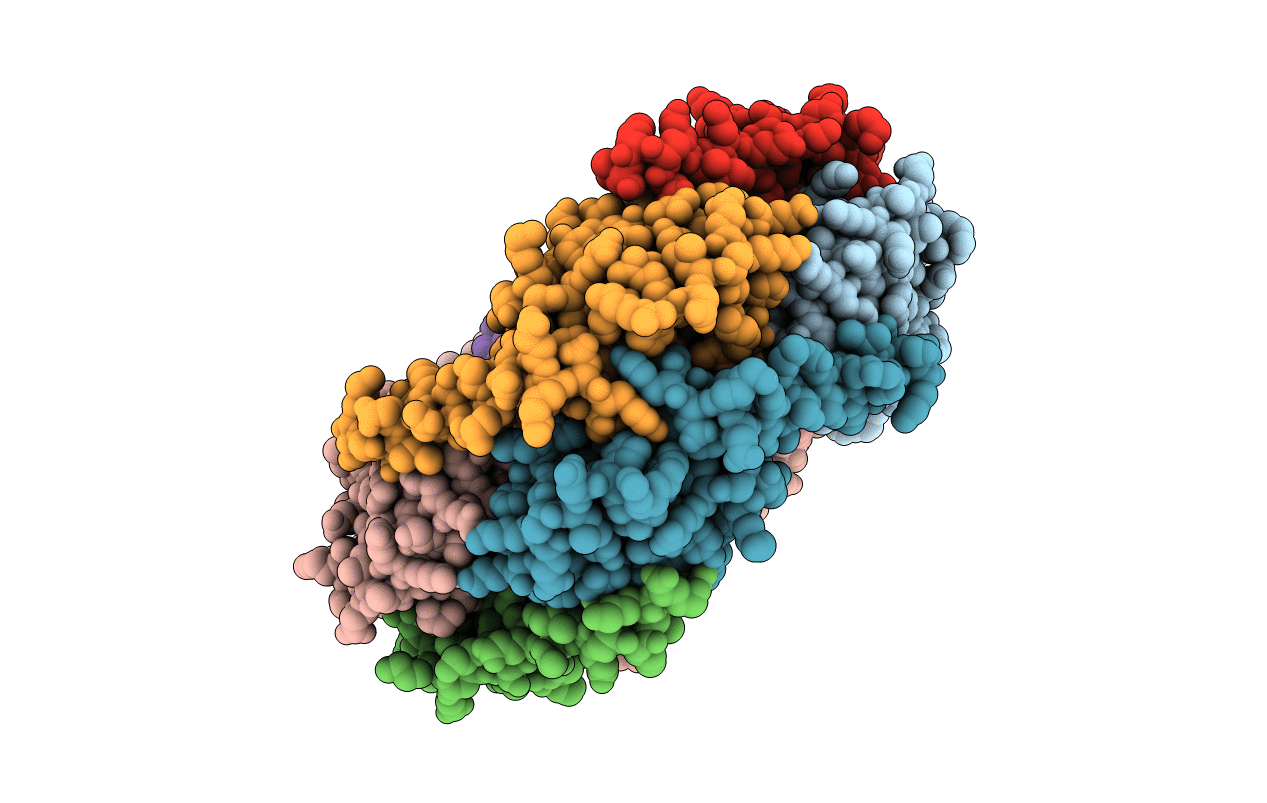
Deposition Date
2011-04-07
Release Date
2011-05-18
Last Version Date
2023-09-13
Method Details:
Experimental Method:
Resolution:
1.74 Å
R-Value Free:
0.19
R-Value Work:
0.16
R-Value Observed:
0.16
Space Group:
P 1 21 1


